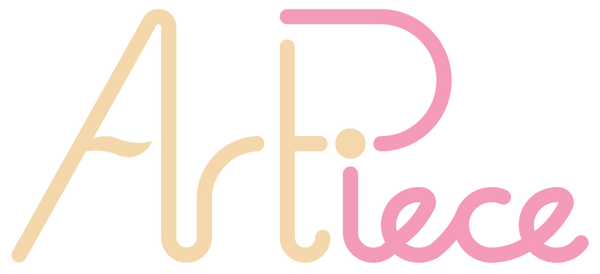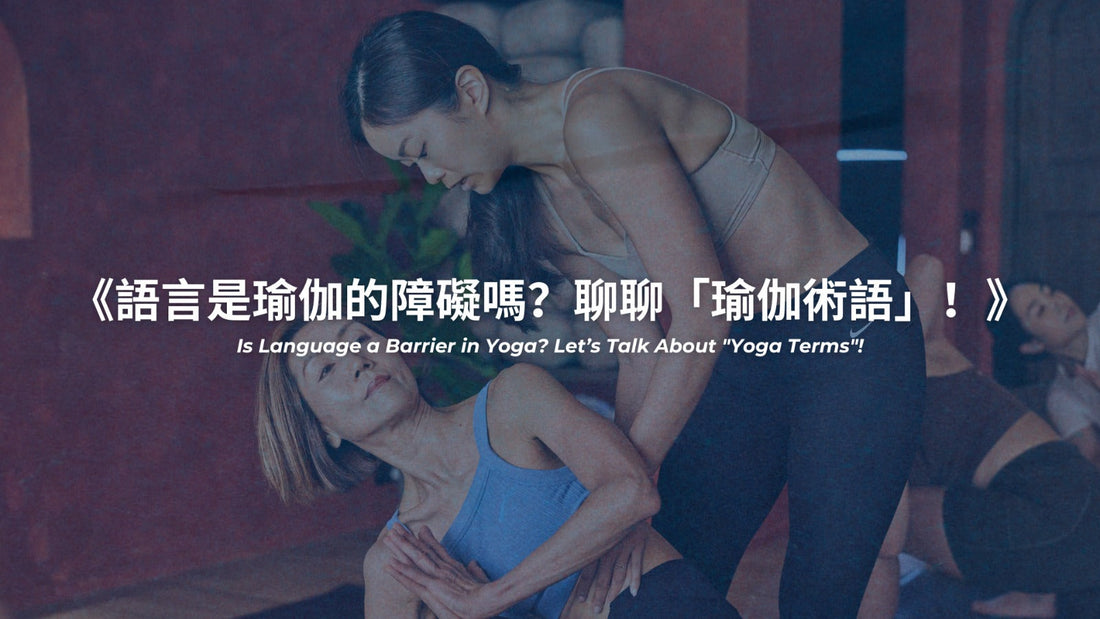Is Language a Barrier in Yoga?
Let’s Talk About "Yoga Terms"!
Have you ever been in a yoga class and heard the teacher say 'Chaturanga' only to be left utterly confused? Or heard 'Savasana' and thought it was some kind of mystical mantra? For beginners, could these specialized terms actually become a barrier to understanding yoga?

Why is Sanskrit Used for Yoga Terminology?
Yoga originated in ancient India thousands of years ago. All its philosophical classics, practice methods, and theoretical systems from Patañjali’s Yoga Sūtras to the Haṭha Yoga Pradīpikā were written and transmitted in Sanskrit. Therefore, Sanskrit is the most original and fundamental carrier of yoga’s knowledge. Using Sanskrit means directly connecting to the source of this ancient wisdom.
Yoga Terms: Decoding the "Asana Cipher" Across Languages

A simple Sanskrit term not only preserves the true essence of the pose but also carries multilayered philosophical and spiritual meanings. For example:
· Savasana = Corpse Pose (relaxing completely like a corpse)
· Namaste = The light within me bows to the light within you (far deeper than just "hello" or "goodbye"!)
· Prana = "Life force" or "breath of life" (refers to the fundamental life force permeating all things in the universe—much more profound than just "energy").
Which do you find easier to understand: "Downward Dog" vs. "Adho Mukha Svanasana"?

The English translation is "Downward-Facing Dog," while the Sanskrit breaks down as:
Adho = downward, Mukha = face, Svanasana = dog pose—together, it becomes "downward-facing dog pose." Instantly vivid!
But don’t worry if you don’t understand the terms right away! The essence of yoga is body awareness, not a language test.
Yoga terms is not a barrier but a bridge
Many international yoga teachers mix Sanskrit, English, or local languages. The key is not to "understand every word" but to feel the flow of the body. Just like music transcends borders, yoga's breath and movements are a universal "body language."

Why does language not matter?
1. Yoga relies on movement, not language
Yoga is about poses and breath, not memorizing words. You don’t need to know "Uttanasana" (Forward Bend) to raise your arms—just follow the teacher’s demonstration.
2. Sanskrit is just a bonus
"Adho Mukha Svanasana" (Downward-Facing Dog) might sound cool, but learning it isn’t mandatory. Teachers will explain or skip it as needed.
3. Bilingual classes are super convenient
At Art Piece, IKIGAI’s yoga sessions offer instruction in both English and Cantonese. Whether it’s "Relax your shoulders" or 「放鬆肩膀」, you’ll understand.
4.Feeling matters more than words
Yoga helps you relax and strengthen your body. Language is just a tool, not the focus.
A Practical Guide for Yoga Beginners
1️⃣ Learn Common Terminology: Familiarize yourself with some basic yoga terms to make it easier to follow along in class.
2️⃣ Focus on Movement: When the teacher demonstrates, concentrate on mimicking the poses rather than worrying about pronunciation.
3️⃣ Find Beginner-Friendly Classes: Opt for classes designed for newcomers, such as Hatha or Yin Yoga, which are generally more foundational.
4️⃣ Explore Different Styles: Learn about various yoga styles to find the one that best suits you.
What Are the Types of Yoga?
1. Hatha Yoga
- Characteristics: A foundational style of yoga that emphasizes breath control, postures, and meditation. It involves standing and bending poses to stretch muscles and relax the body and mind, making it suitable for beginners.
- Ideal for: Those experiencing daily stress, muscle tension, and symptoms of anxiety.
2. Ashtanga Yoga
- Characteristics: Focuses on fluidity and strength, with fixed breathing rhythms and a specific sequence of postures divided into six levels. Movements are linked and cannot be altered arbitrarily, helping to cultivate concentration and self-discipline while calming a restless mind. The practice includes challenging poses like arm balances and inversions, burning a significant amount of calories.
- Ideal for: Individuals looking to sweat intensely, regular exercisers, or long-term yoga practitioners.
3. Yin Yoga
- Characteristics: Primarily consists of static poses, mostly performed lying down or seated. Poses are held for extended periods to slowly and deeply stretch connective tissues like fascia and joints, restoring their length and flexibility.
- Ideal for: Those in need of deep stretching and relaxation.
4. Vinyasa Yoga (Flow Yoga)
- Characteristics: Similar to Vinyasa, it emphasizes the continuity and fluidity of movements. The pace is faster, with specific sequences of poses linked together and accompanied by music, making the class engaging and fun.
- Ideal for: Learners with some prior yoga experience.
5. Hot Yoga
- Characteristics: Practiced in a high-temperature environment, with room temperatures maintained between 35°C to 40°C. It involves a fixed sequence of 26 poses. The heat encourages profuse sweating, which helps boost metabolism, detoxify the body, and improve flexibility.
- Ideal for: Office workers with some yoga experience who rarely sweat in their daily lives.
6. Iyengar Yoga
- Characteristics: Focuses on precise body alignment, accuracy, and discipline. It utilizes yoga props such as blocks, straps, chairs, and resistance bands to help practitioners maintain poses with precision and attention to detail.
- Ideal for: Detail-oriented individuals, seniors, and those with limited muscle strength.
Why Should You Practice Yoga?
For those who always feel "tired":
True exhaustion comes from a mind that won’t stop worrying. Yoga isn’t just another energy-consuming exercise—it’s a ritual for "shutting down the system." Through deep, conscious breathing, it forces an overloaded brain to reboot, gifting you a good night’s sleep and genuine rejuvenation.
For those with "stiff shoulders and neck":
Pain is your body’s way of asking for help. Yoga addresses the root cause by improving muscle imbalances and poor posture, not only relieving tension but also building a body that’s resilient, flexible, and pain-free.
For those craving "me-time":
Amid the demands of work and family, your yoga mat becomes your personal sanctuary. One hour a day is all it takes to set aside all roles and labels—this is your sacred space to be alone, reflect, and recharge.
In conclusion: Yoga is accessible
Language is no barrier to yoga—the true focus is on movement and feeling. Don’t hesitate any longer. Unroll your mat and say "Namaste" to a better you!

Ikigai Yoga & Meditation offers classes conducted in English or bilingually (Cantonese and English). No matter which language you prefer, our experienced instructors provide precise instructions and guidance to ensure you effectively master each pose and meditation technique, fully immersing yourself in the practice to achieve true mind-body transformation. [Click here to learn more details.]
Enjoy a bilingual yoga class with Your Close Friends
Art Piece is excited to introduce the gift card! You can purchase a gift card to surprise your friends and experience a bilingual yoga class together. Buy one now to express your feelings to your loved ones.
The gift cards, which can be used for all services and classes at the Art Piece Beauty & Wellness Club. Help your friends and family relax, relieve stress, and enhance their self-healing abilities for overall wellness and beauty.
In addition to yoga practice, Art Piece also offers Zumba, BODYCOMBAT, BODYPUMP, TRX, HIIT, HYROX Training, Fitness Dance, BARRE, Pilates, and more to help enhance your overall well-being!


